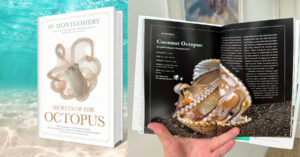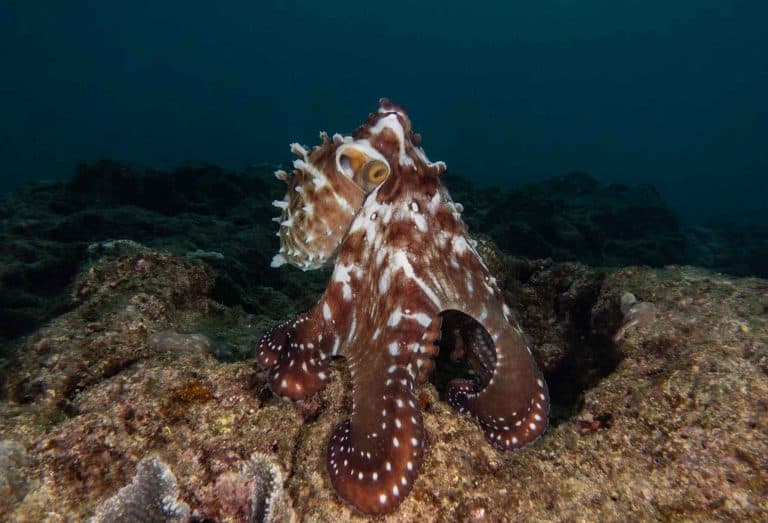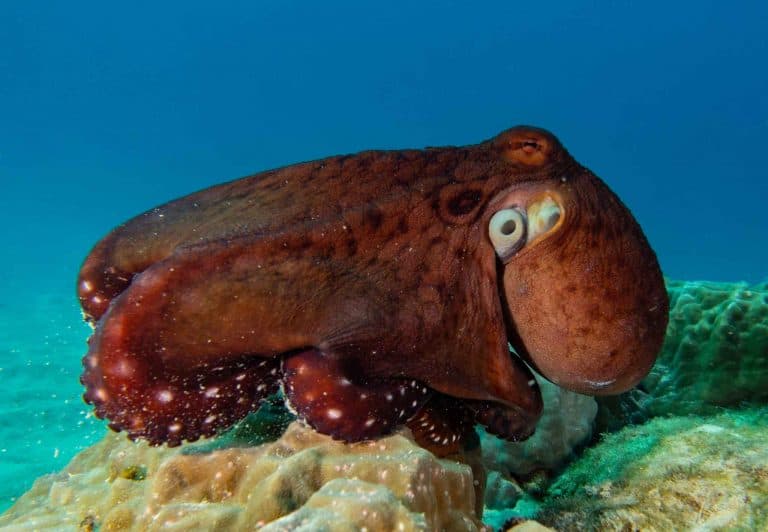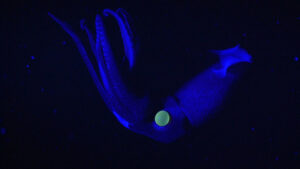Van Heukelem WF (1983a), Norman MD (1992a), Young RE and Harman RF (1997), Goodman-Lowe GD et al. (1999), Hanlon RT and Forsythe JW (2008), Sauer WHH et al. (2011) IN Jereb, P.; Roper, C.F.E.; Norman, M.D.; Julian K Finn (eds)
Cephalopods of the world. An annotated and illustrated catalogue of cephalopod species known to date. Volume 3. Octopods and Vampire Squids. FAO Species Catalogue for Fishery Purposes. No. 4, Vol. 3. Rome, FAO. 2014. 370 p
Hanlon and Messenger. Cephalopod Behavior 2018. 2nd edition
Forsythe JW, Hanlon RT (1997) Foraging and associated behavior by Octopus cyanea Gray, 1849 on a coral atoll, French Polynesia. Journal of Experimental Marine Biology and Ecology 209:15-31. doi: 10.1016/s0022-0981(96)00057-3
Hanlon R, Vecchione M, Allock L. Octopus, squid, and cuttlefish. A visual, scientific guide to the oceans’ most advanced invertebrates.
Guzik MT, Norman, MD, Crozier R (2005) Molecular phylogeny of the benthic shallow-water octopuses (Cephalopoda: Octopodinae). Molecular Phylogenetics and Evolution 37: 235-248




